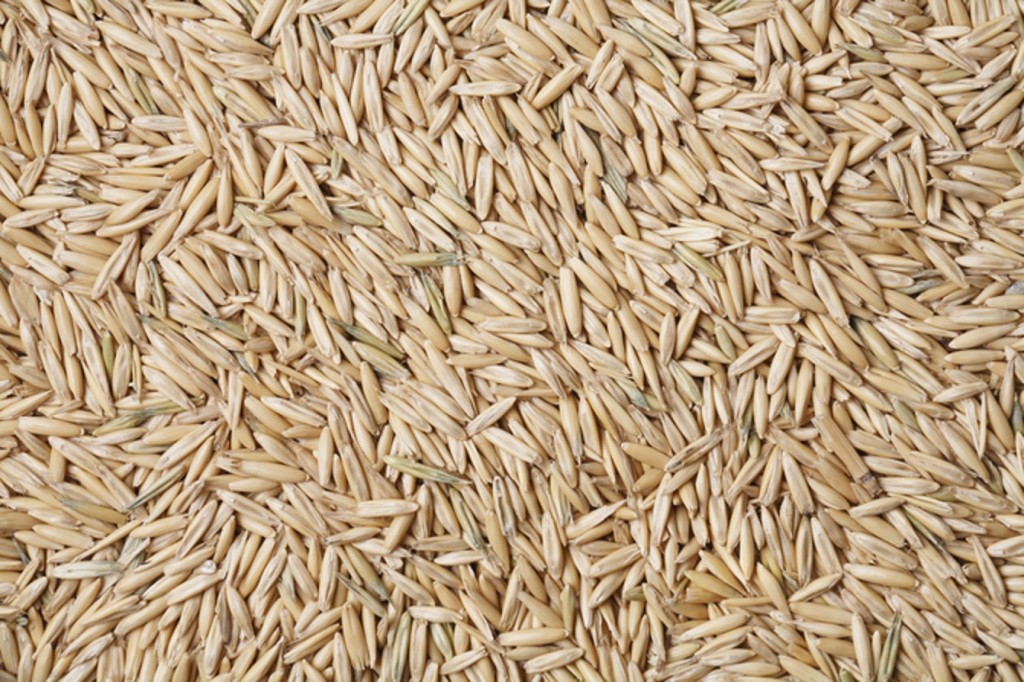Moisture Testers for Oats Moisture Content

As a consciences farmer you think always a step ahead of the work you are just doing. If now is the time to spray the fields, it is also time to think what all you have to prepare for harvest time. To be prepared at the time when the combines roll out into the fields gives you the peace of mind that this year’s harvest will be done in good time. What do you have to check before harvest?
Of course your machinery has to be in good working order. Your bins need to be emptied and cleaned. And then there is the grain moisture tester that has to be in working condition.
First check whether the batteries are still good. Low batteries can cause wrong readings, which can cost a lot more money than replacing the batteries of grain moisture testers in the first place. It is always a good idea to remove the batteries of the gadget if it is not in use for a longer period of time. Also read the grain tester manual again if you have not used the device for a while. Your ultimate goal is to get an accurate reading every time you use the tester.
One of the first grains to be harvested is oats. The maximum moisture content at which oats can be stored is 12.5%, ideally it should be at 12%. Higher moisture content may result in the development of fungi, which cause grain spoilage. And of course fungi like moulds are toxic to humans and animals. It is most important that you test your oats before you start harvesting. While harvesting at a moisture level of 12% is the ideal and cheapest way, sometimes the weather does not allow this to happen. If conditions are not right to harvest at the 12% mark, or you have other crop that needs your attention, you might want to swath your oats. Swathing can be done if the moisture content in oats is less than 35%. Again, your grain tester can give you the exact readings of the moisture in your oats.
Once the oats are harvested it is time again to check the moisture content to determine whether the crop has to be dried to get the moisture down to 12%. Your grain moisture tester will help you to make the decision.
It is a good idea to test each sample of grain three times with your grain meter and calculate the average percentage. If you are not sure about the result you might want to get a reading of the same sample from your local elevator, and compare the numbers. In case your grain meter is defective you can send it in to AgPoint Precision for service and repair.
If you have any questions about grain testers ask one of our knowledgeable staff at AgPoint Precision. You can contact us via e-mail or call us toll free at 1-866-668-4855. Happy Harvesting.
